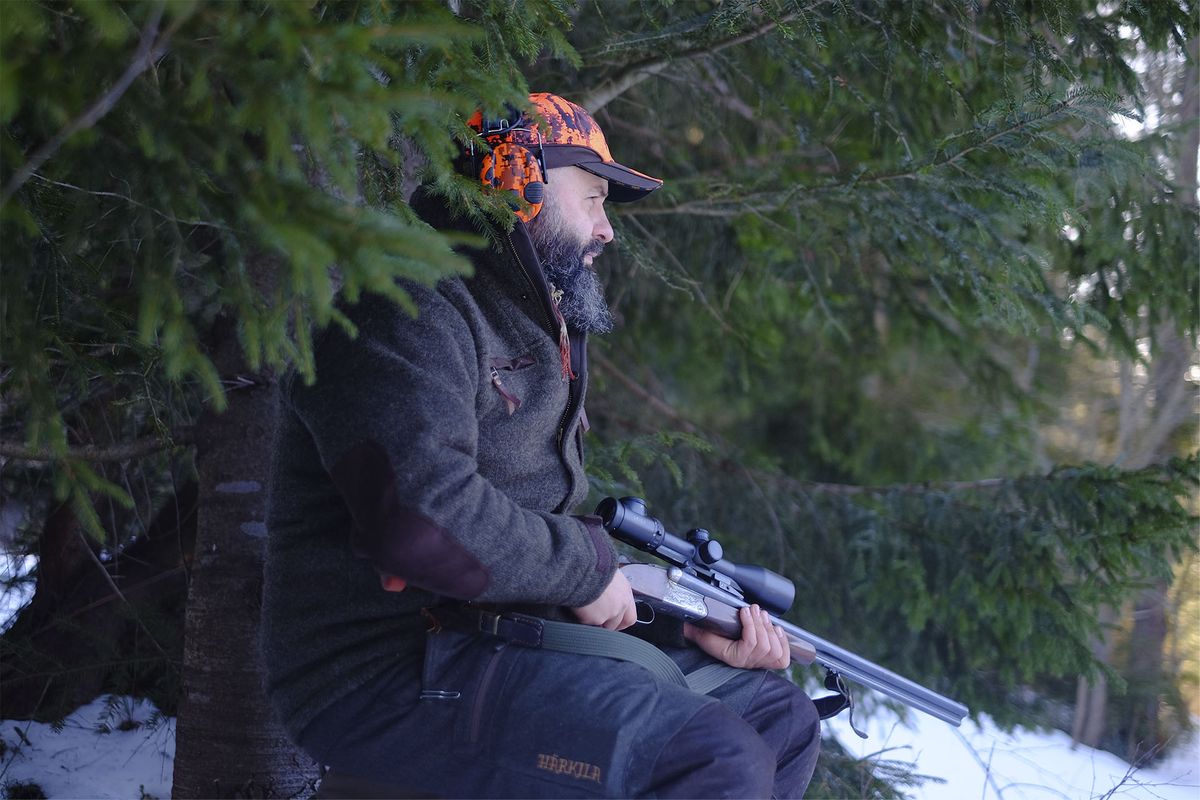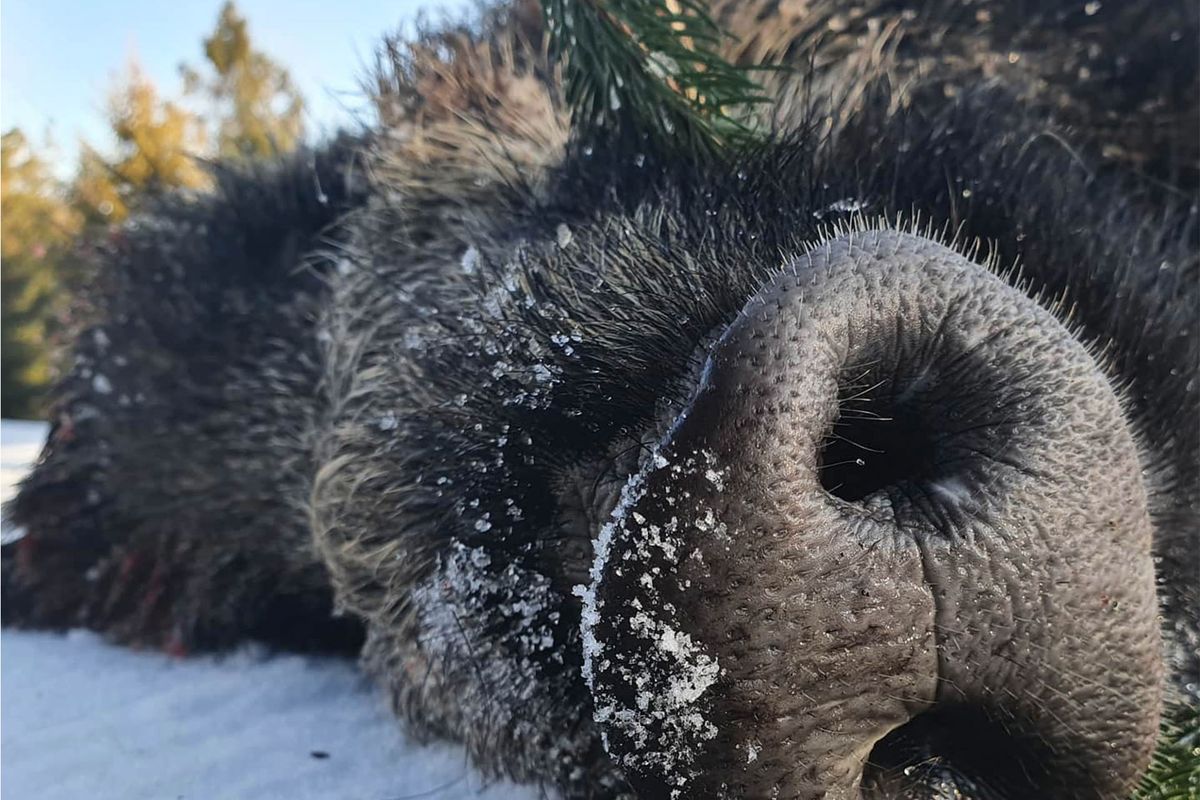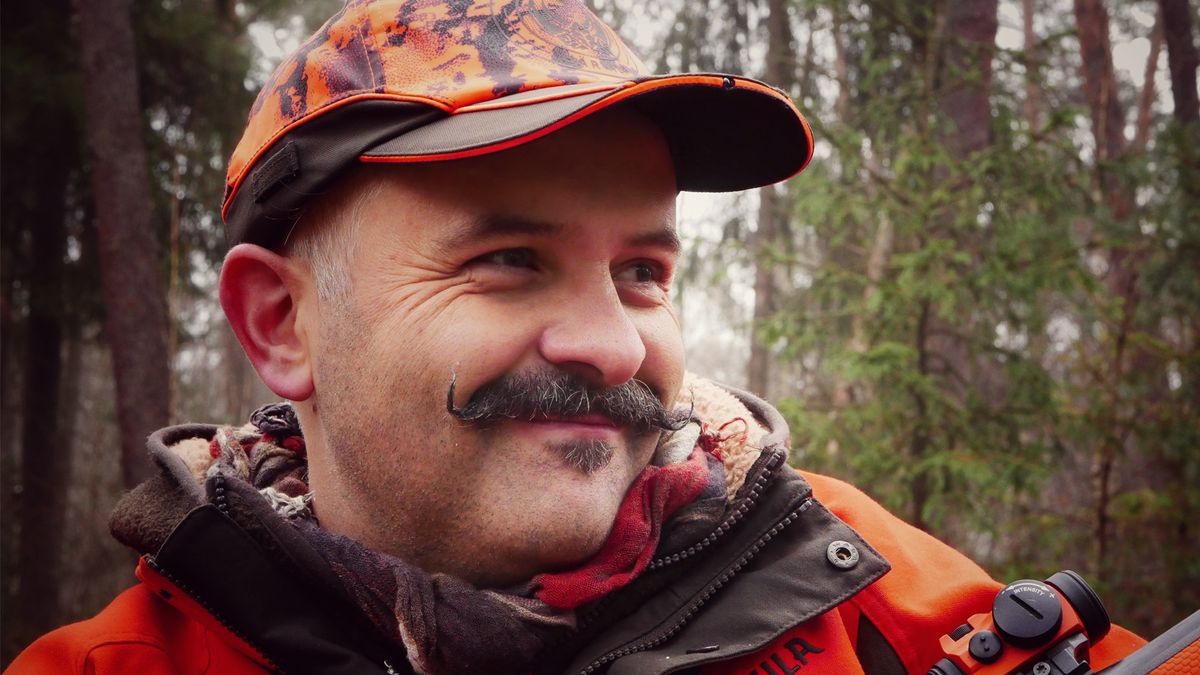Driven Hunt
How to be a hunter, not just a shooter
A driven hunt is a great logistical undertaking. The shooter is more of a cog in the machine - he is not the final consumer of the hunt, but rather a member of the team. What's the difference? Little for the end result, but significant for the man himself.
A driven hunt is a great logistical undertaking. The shooter is more of a cog in the machine - he is not the final consumer of the hunt, but rather a member of the team. What's the difference? Little for the end result, but significant for the man himself.


and noble, and the opportunity to be a part of a well-coordinated team brings both joy and satisfaction.
// ADVERSITY ADDS FLAVOR TO THE HUNT //
There are those dream hunting grounds that you see on films, where you can expect to see packs of wild boars every few minutes. However more often than not, hunters will face adversities. Game learns the habits of its pursuers because for it, our sport is not a game, and seems to become more cunning every year. Wolves appear in new territories more and more often, which cause unusual movement and concentration of other animals. Maize crops not harvested because of the weather may have the wild boar in the fields, not in the forest, where you would look for them at that time of year. Sudden changes in weather, mating seasons that at times affect animals in unpredictable ways, and many, many other reasons can prevent ideal hunting circumstances. I like to think of these situations as opportunities that can add flavor to the sport, a sport that has always been in a kind of competition with nature and, holding this to be true, comes with the risk of defeat. On the other hand, it is precisely when it is difficult that the ability to successfully lead a hunt turns out to be something beautiful and noble, and the opportunity to be a part of a well-coordinated team brings both joy and satisfaction.


“But no one complained, everyone was talking, laughing and cursing again as highlanders do.”
// AT THE FOOT OF THE TATRA MOUNTAINS //
A great example that comes to mind is a hunt at the foot of the Tatra Mountains, which I was invited to join in January of 2020 - shortly after the first and only snow of the year. I met local hunters at the meeting point just before 8, when the hunt was supposed to start. But the highlanders, as highlanders are used to, told stories one after another, laughed and cursed terribly, but did not seem as if they had planned to go into the forest that day. Finally, becoming a bit impatient, I asked Tadek, my friend who had invited me, about this.
“Oh, it's simple,” he replied, “the scouts aren't back yet.”
“’Scouts’?”
“Trackers. If we don’t find out where the wild boars are located after the night, we can hunt until the evening, but we will not see any game,” Tadek answered
We waited for at least an hour. Finally, the phone rang - the ‘scouts’ came back with good news and we could start the hunt. We walked uphill one by one in the snow, quiet so as not to spook the game. The leader of the hunt indicated the stands to be taken. I stopped at some young, low, dense spruce trees. My neighbor took a spot 50 meters away, and the rest of my companions disappeared around the bend. After 5 minutes I saw them come back again. There’s an exit track – I heard – the boars are further east, we have to move.
So we advanced about a kilometer. Everything took an hour or so. The snow was 30cm deep, frozen at the top, so it was very difficult to walk in. Fifteen minutes after the beaters disappeared between trees, I heard dogs barking. Wild boars came out and moved left, but no one fired a shot.
“They went down the stream, it was impossible to put anyone there,” the leader told me after a while. “We have to track them down again.”
‘We’, as it turned out, fortunately meant the ‘scouts.’ The rest of the company met by the fire. We took out sandwiches, sausages, and hot tea thermoses from our backpacks. The break lasted almost two hours. In a “normal” hunting situation, we would have had at least two, maybe even three drives behind us. This was completely different. But no one complained, everyone was talking, laughing and cursing again as highlanders do.
Then the scouts returned, tired and sweaty but in a good mood.
“We know where they are – didn't go far.”
They joined the rest of the company by the fire, ate a sandwich, and we all went hunting again.
This drive was much longer than the previous one, which is a good sign. The beaters turned three times, because the cautious boars hid in the thicket and did not want to leave their safe hideouts. At last, they moved, immediately followed by the report of shots. One, two, three ... I counted ten. Then I heard the approaching game; the crackle of broken branches and the crunch of snow. For a moment I thought I saw a black silhouette, but nothing sprang out in the open. My neighbor mounted his gun and fired a shot. Soon, the drive was over. The sun was slowly setting and it was starting to get dark.
We got four wild boars. Nothing by the standards of rich hunting grounds elsewhere. Here however, it was an excellent result, achieved thanks to the craftsmanship and effort of our great ‘scouts’. I was happy to see not only their work, which was so primal and demanding, but also to understand that this hunt could not have happened without them. There is no easy hunting here, just waiting for the game to come out on its own. It never occurred to me that it would have been more beautiful if I had shot a boar or two. Not this time anyway.


// Written in coporation with Lukasz Dzierzanowski, who is an author, hunter, blood tracker and gun enthusiast from Poland. When not hunting, he teaches Computer Engineering at a technical university in his hometown of Opole. //